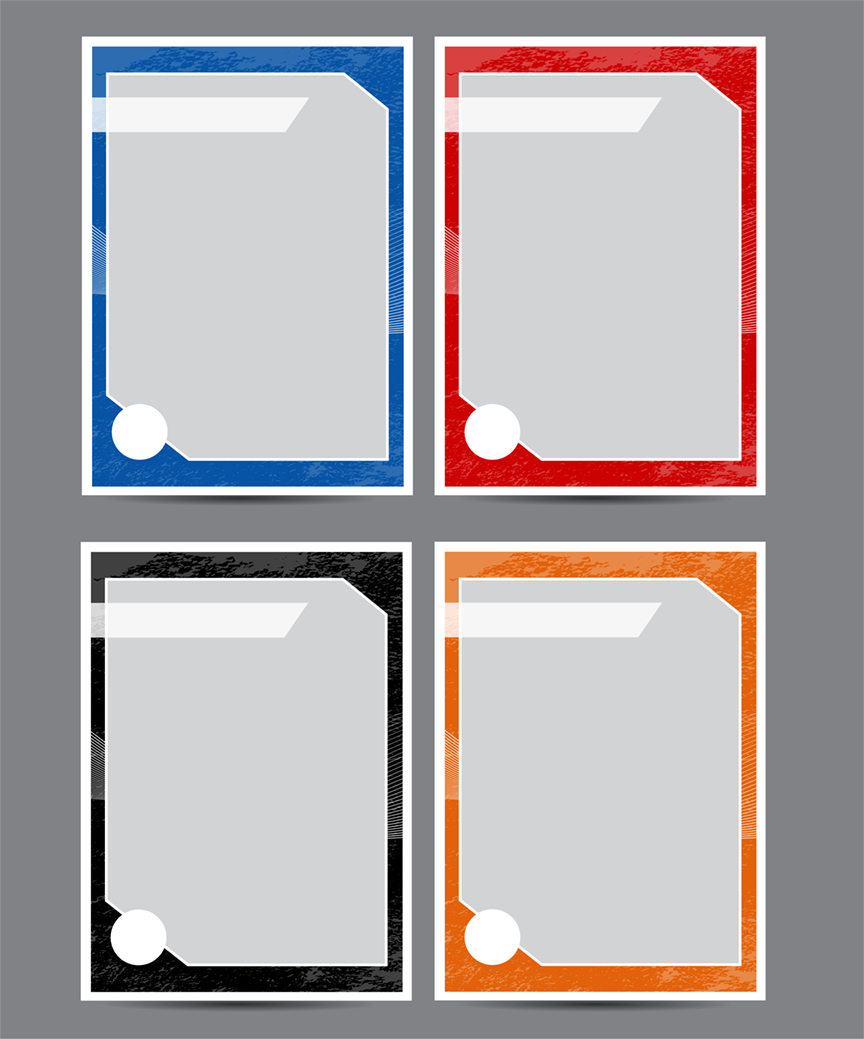
Use the design process to create personalized trading cards.
Learners in Ms. G’s graphic design classes were learning principles and tools of design. They had already explored various design principles and had learned the steps of the design process: empathize, define, ideate, prototype, test, and share.
Their design task was to create their own set of trading cards. The topic or theme of the cards were chosen by the learners. Learners were given options to relate it to personal interests such their own sport team, favourite Netflix series, local plants and animals, or favourite local musicians. They were also given the option of making either digital or physical trading cards. Once Ms. G. distributed different trading cards to the learners, they discussed their purpose, their audience, the form, and what made them attractive and interesting. They learned about elements of sharing, giving, trading, and gifting the cards. After reviewing the exemplar cards and learning about their purpose, they co-constructed criteria for effective designs with the class, which the teacher then made into a criteria checklist for the learners.
The project began by creating project norms. The class determined together how they would make decisions in their pairs, how they would negotiate different ideas, how they would handle disagreements or conflict, and how they would give each other feedback.
Once partnerships were developed, the learners decided what type of trading cards they would like to design. They needed to determine who might like their cards and why. After considering their audience’s needs, they defined the key features of their trading cards. They generated ideas and then shared their thinking with another pair of learners for feedback. After considering several ideas, they chose an idea to pursue.
The learners prototyped their idea in several forms using at least two different tools. Once they had created a few designs, they shared their ideas with another group in the class for feedback, using the criteria checklist to give each other feedback. Throughout the process, the teacher circulated and reminded the learners of the norms they had co-created and gave hints and guidance on their process.
The learners used the feedback to improve their designs and chose the method and tools for their final product. Once they completed their designs, they shared their final products in a class Sharing Circle, describing what they learned about themselves in the process: what parts of the process and collaboration were their strengths and where they might need to stretch in the next piece of learning. They gifted one of their cards to someone they had considered when they first designed them. Some learners gave them to other learners, some to teachers, and some to family and friends.